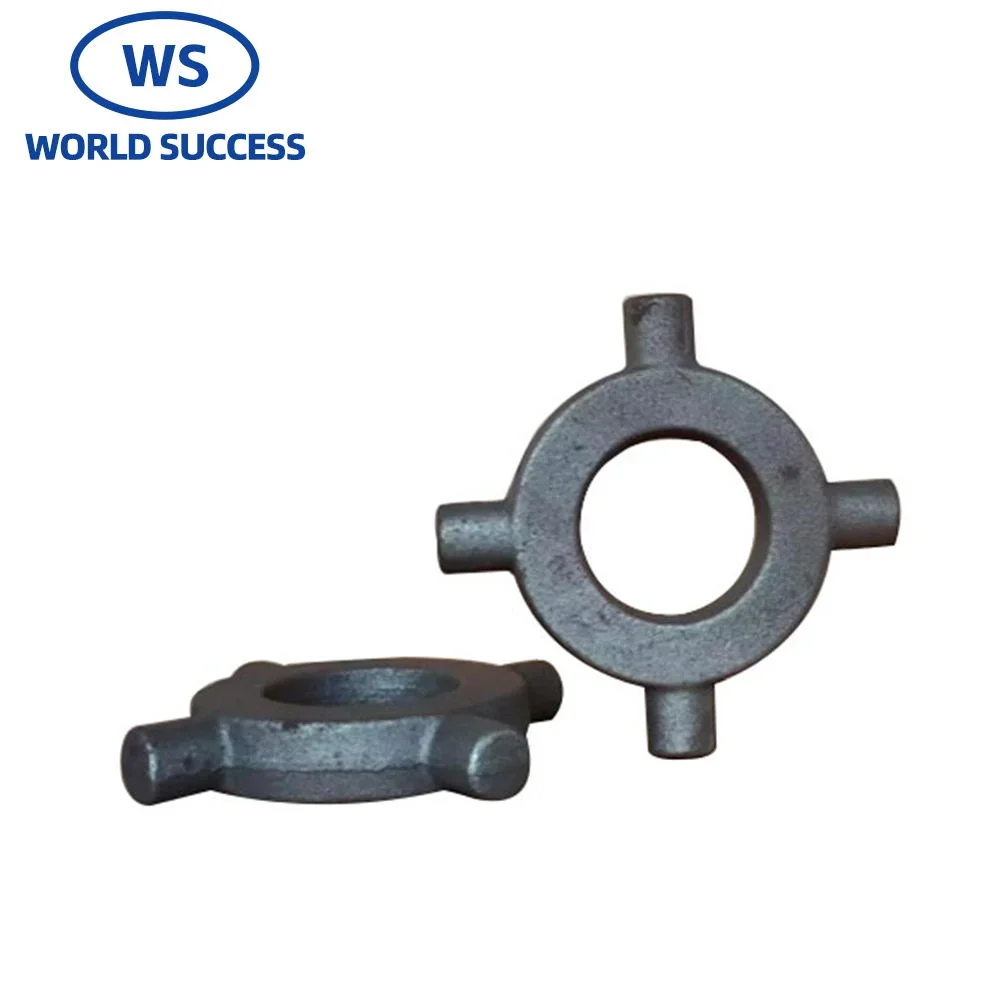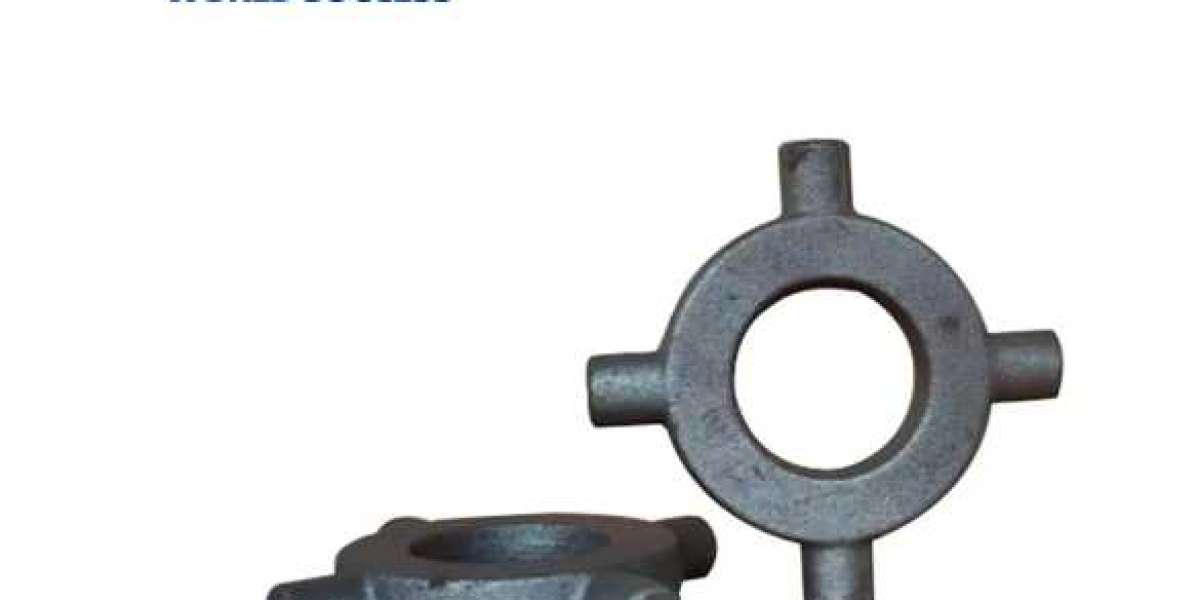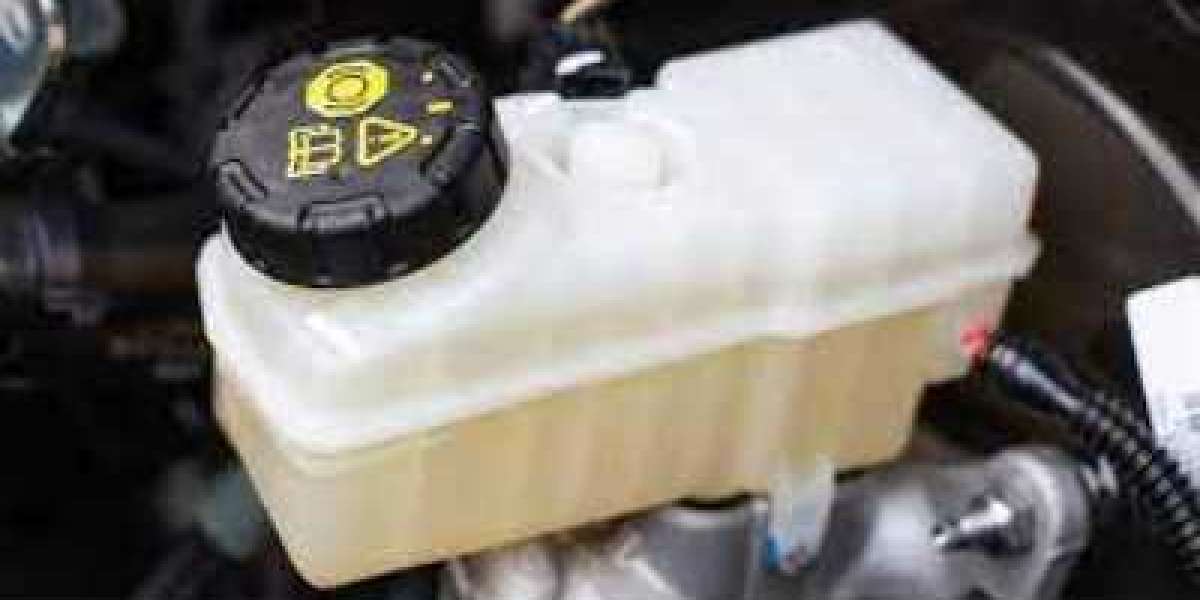Mining equipment plays a crucial role in the extraction of valuable resources from the earth's surface. Among the various components of mining machinery, the differential is a critical part that enables smooth and efficient power transmission to the wheels or tracks. To ensure the durability and reliability of mining equipment, the forging process is employed to manufacture high-quality differential parts. This article explores the significance of forging in the production of differential parts for mining equipment.
Understanding the Differential
Definition and Function:
The differential is a mechanical device that allows the wheels or tracks of mining equipment to rotate at different speeds while transmitting power from the engine. It enables smooth turning and maneuverability, especially in challenging terrains.
Importance of High-Quality Differential Parts:
The differential parts must withstand heavy loads, extreme temperatures, and harsh operating conditions. Inferior quality components can lead to premature failures, costly downtime, and compromised safety. Therefore, the use of high-quality differential parts is crucial for the efficient operation of mining equipment.
The Forging Process
Overview of Forging:
Forging is a manufacturing process that involves shaping metal through the application of localized compressive forces. It enhances the mechanical properties of the metal, resulting in superior strength, toughness, and resistance to wear and fatigue.
Enhanced Strength and Durability:
Forged differential parts exhibit exceptional strength due to the refined grain structure obtained during the forging process. This ensures the ability to withstand heavy loads and extreme operating conditions, reducing the risk of premature failures.
Improved Fatigue Resistance:
Mining equipment operates under repetitive and high-stress conditions, leading to fatigue failure. Forged differential parts have superior fatigue resistance, enabling them to endure prolonged usage without compromising performance.
Superior Wear Resistance:
Mining environments are abrasive, causing significant wear on equipment components. Forged differential parts possess excellent wear resistance, prolonging their lifespan and reducing maintenance costs.
Consistency and Precision:
Forging allows for the production of differential parts with consistent dimensions and precise tolerances. This ensures proper fitment and alignment, enhancing the overall performance and efficiency of mining equipment.

Forging Techniques for Differential Parts
Open-Die Forging:
Open-die forging involves shaping the metal between flat or contoured dies. This technique is suitable for producing large and complex differential parts, ensuring optimal material utilization and structural integrity.
Closed-Die Forging:
Closed-die forging involves shaping the metal within a closed die cavity. This technique offers precise control over the shape and dimensions of differential parts, resulting in improved accuracy and surface finish.
Quality Assurance in Forged Differential Parts
Material Selection:
Choosing the right material is crucial for the performance and longevity of differential parts. High-strength alloys, such as alloy steels or specialty metals, are commonly used in forging differential parts for mining equipment.
Non-Destructive Testing (NDT):
NDT techniques, such as ultrasonic testing and magnetic particle inspection, are employed to detect any internal defects or discontinuities in forged differential parts. This ensures the integrity and reliability of the components.
Heat Treatment:
Heat treatment processes, such as quenching and tempering, are applied to forged differential parts to optimize their mechanical properties. This includes improving hardness, toughness, and resistance to wear and fatigue.

Conclusion
Forging plays a vital role in the production of high-quality differential parts for mining equipment. The enhanced strength, durability, and wear resistance offered by forged components ensure the efficient operation of mining machinery in demanding environments. By utilizing the forging process and adhering to stringent quality control measures, manufacturers can provide reliable and long-lasting differential parts, contributing to the overall productivity and safety of the mining industry.








